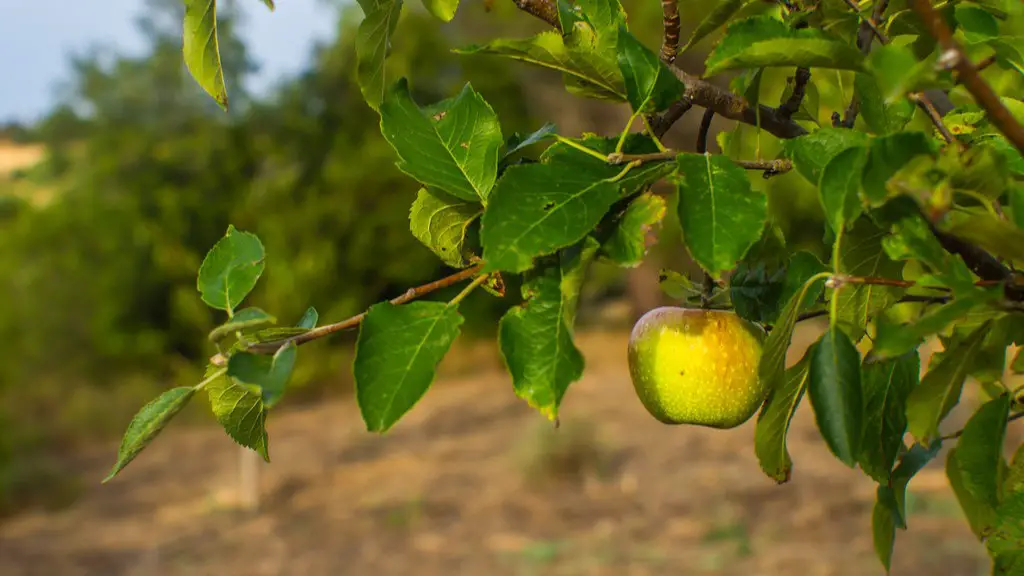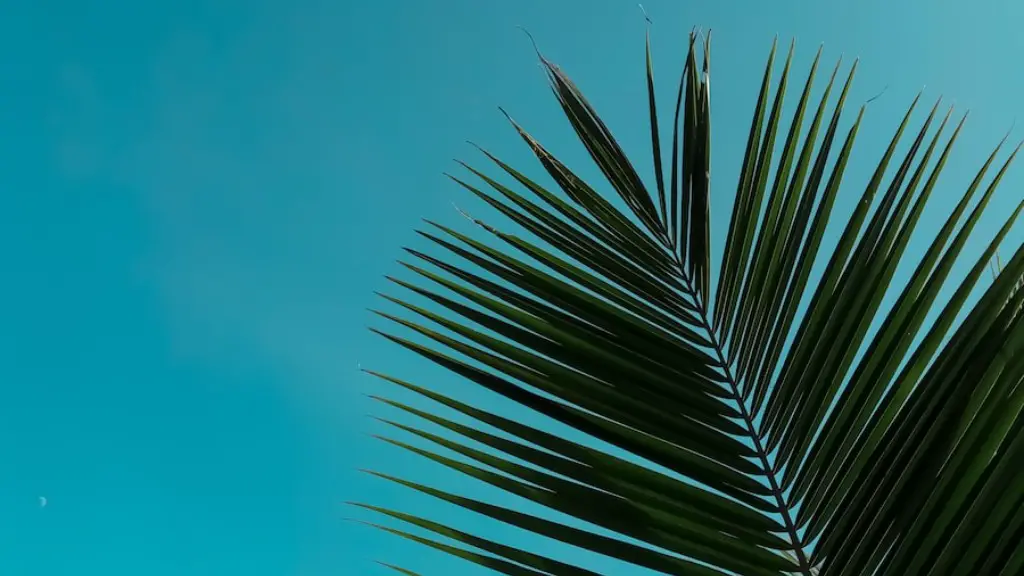Winesap apples are a popular, tart-sweet and juicy type of apples. They require adequate pollination in order to set fruit. If you are growing a Winesap apple tree, understanding what pollinates them and how to encourage pollinators is important for a successful harvest.
Pollination Requirements for Winesap Apples
It’s important to note that Winesap apples are considered a self-incompatible variety, meaning they cannot pollinate themselves. To produce fruit, Winesap apple trees need to be in close proximity to another type of apple tree for cross-pollination. It’s best if the second apple tree has a flowering period that overlaps with the flowering period of the Winesap apple tree.
Key Pollinators for Winesap Apples
Pollinators such as honeybees and bumblebees are responsible for transferring pollen from one apple flower to another. Insects in the genus Andrena, or “mining bees”, also help in Winesap apple pollination. Insects in the genus Osmia (“mason bees”), beneficial wasps, and other pollinators may also be involved. It’s important to ensure the pollinators have suitable habitats and sources of food in order to attract them to your Winesap apple tree.
Attracting Pollinators to Your Winesap Apple Tree
It’s also beneficial to provide a flora mix that blooms early, middle, and late in the season near your Winesap apple tree(s). Early blooming perennials, herbs, and shrubs will promote healthy bee populations. Making sure there are water sources, such as bird baths, near the tree is important. Allowing some of the grass to remain uncut around the tree base can also help provide habitat. Planting clover, alfalfa, and other legumes will provide essential sources of nitrogen for soil fertility.
Protection from Pesticides
Using the least toxic pesticides available is important for the safety of pollinators. However, when using less-toxic pesticides, It’s important to note that flowering trees, shrubs, and herbs should not be sprayed with any type of pesticide when blooming as this reduces foraging for pollinators. If possible, it’s best to avoid any type of pesticide near your apple trees in order to preserve the pollinator population.
Conclusion
It’s important to understand the exact requirements needed for adequate pollination when growing Winesap apples. Replicating suitable pollinator habitats in close proximity of your tree(s) is key to a successful harvest. Minimizing the use of pesticides and providing adequate water sources will help attract more pollinators, ultimately enhancing the success and productivity of your Winesap apple tree.
Introducing Natural Predators
Natural predators are another way to protect your apple trees from insects and other pests. Beneficial insects like ladybugs, parasitic wasps, lacewings and ground beetles can help reduce or eliminate pests. Creating habitat for these beneficial insect predators through providing shelter and food sources, such as flowering plants, is an ideal way to enhance natural pest control.
Effective Pruning
Pruning your apple tree properly is another key element for successful pollination. This includes pruning heavily to encourage fruiting and removing dead, diseased, or aging wood. Pruning should also be done in order to control height, increase aeration, or for any required corrective reasons. Furthermore, apple trees need to be pruned in the early spring before their spring flush of growth.
Mulch and Compost
Mulching and composting around your apple trees can help improve the soil fertility and health. This will help the trees produce a larger and healthier fruit set. Additionally, these substances can enhance water retention, and help reduce disease. Using an organic compost is an ideal way to provide essential nutrients, and can be used as a top-dressing or incorporated into the soil around the tree.
Limiting Stress
It’s important to minimize environmental stress sources when growing Winesap apples. This includes providing the trees with adequate water and nutrients throughout the season and immediately addressing any signs of disease or pest damage. Apple trees that experience less stress from water and nutrient deficiencies or pests will typically have a larger and better quality fruit set.


